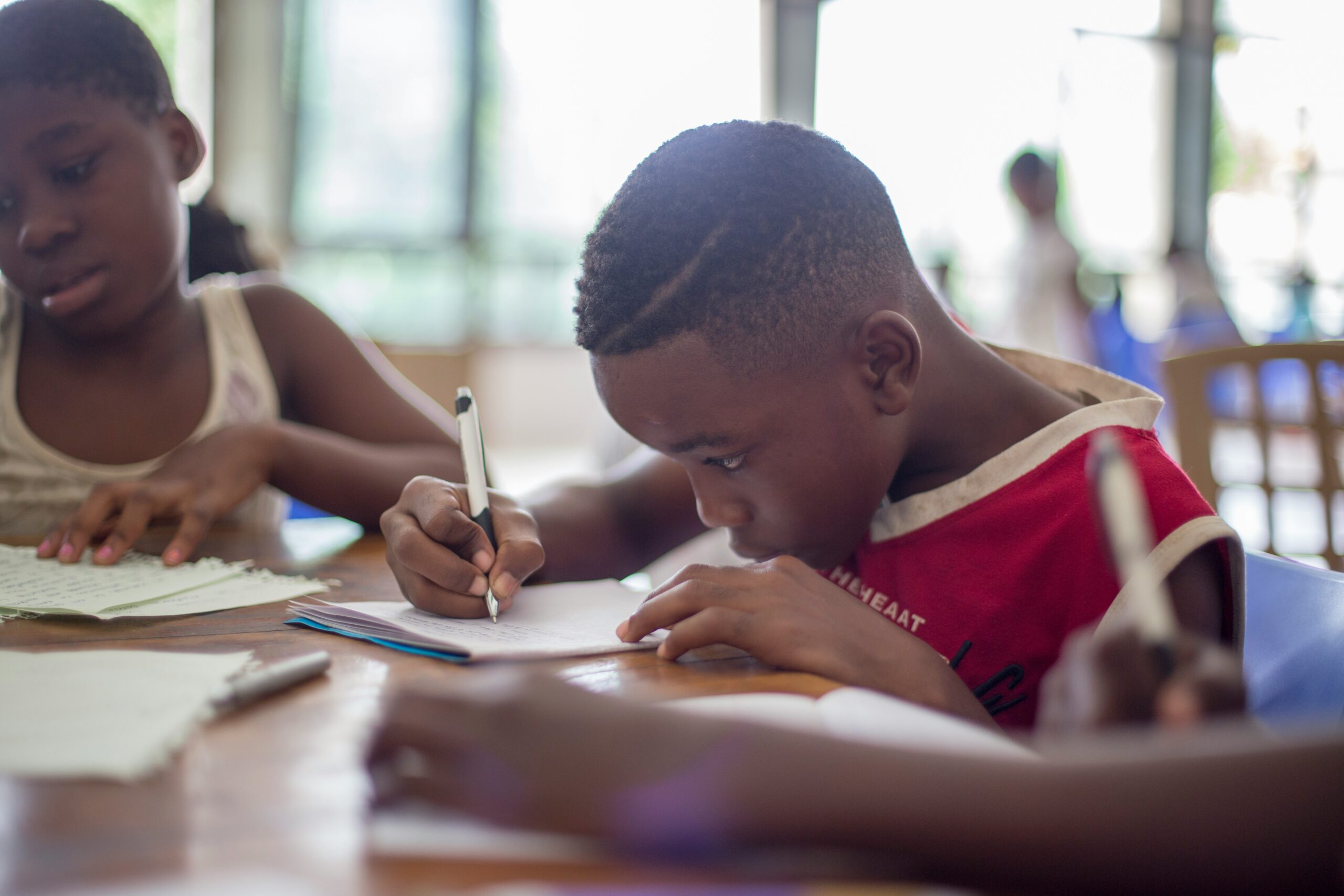

Introduction
Education is often confined to the four walls of a classroom, but learning doesn’t have to stop there. Imagine students immersed in real-world experiences, applying their knowledge outside textbooks and exams. This approach—experiential learning—opens up new avenues for understanding and growth.
It’s not just about passive absorption of information; it’s about engaging with it directly. From hands-on projects to community service, experiential learning fosters critical thinking, creativity, and collaboration. As we explore this dynamic approach to education, you’ll discover its significance in shaping well-rounded individuals prepared for life’s challenges. Let’s dive deeper into the world beyond traditional classrooms!
Types of Experiential Learning
Experiential learning comes in various forms, each designed to engage students actively.
One popular type is project-based learning. Here, students tackle real-world problems through collaborative projects. This fosters teamwork and critical thinking.
Another approach is service-learning, where education meets community service. Students apply classroom knowledge while making a positive impact on society.
Internships provide hands-on experience in professional settings. They allow learners to connect theory with practice, boosting confidence and skills.
Field trips can also be classified as experiential learning. Visiting museums or historical sites enriches understanding beyond textbooks.
Simulations offer another dynamic option. Whether it’s role-playing or virtual environments, these experiences immerse learners in realistic scenarios that demand decision-making and problem-solving.
Each type of experiential learning invites curiosity and engagement, making the educational journey richer for every student involved.
Real-life Examples of Experiential Learning
Experiential learning comes alive in various settings. Consider a high school offering an environmental science class that includes field trips to local wetlands. Students actively participate in habitat restoration projects, gaining hands-on knowledge about ecosystems.
In another scenario, culinary schools often emphasize practical experience. Aspiring chefs work in professional kitchens, learning techniques under the guidance of seasoned chefs while preparing meals for real customers.
Internships serve as a prime example across disciplines. College students gain valuable insights and skills by working with companies related to their fields of study. This exposure helps bridge the gap between theory and practice.
Even community service can be an avenue for experiential learning. Volunteers learn about social issues firsthand while contributing positively to their communities, enhancing both personal growth and civic responsibility. Each of these experiences illustrates how engaging directly with the world enriches education beyond traditional methods.
How to Incorporate Experiential Learning into Education
Incorporating experiential learning into education can be both exciting and transformative. Start by integrating hands-on projects that align with curriculum objectives. This creates a bridge between theory and practice.
Field trips offer another fantastic avenue. Visits to museums, companies, or nature reserves allow students to experience real-world applications of their studies.
Encourage service-learning opportunities as well. Volunteering not only fosters community engagement but also deepens understanding through practical involvement.
Utilize technology too; virtual reality simulations can immerse students in experiences they wouldn’t encounter otherwise.
Promote collaborative group work where peers learn from each other’s perspectives and skills. This approach nurtures critical thinking and problem-solving abilities while making learning more dynamic and relevant.
Overcoming Challenges and Obstacles in Experiential Learning
Experiential learning can be incredibly rewarding, but it’s not without its hurdles. One common challenge is resistance from traditional educational systems that prioritize standardized testing and rote memorization. Shifting mindsets takes time.
Another obstacle is resource availability. Not all schools have access to the facilities or materials needed for hands-on projects. Creativity often becomes essential in finding low-cost solutions.
Time constraints also play a significant role. Busy curriculums leave little room for extended projects or field trips. Educators must strategically integrate these experiences into existing frameworks without overwhelming students.
Assessment methods pose a unique challenge. Traditional grading systems may not accurately reflect a student’s experiential growth and understanding, necessitating new evaluation techniques that truly capture skills acquired through practical engagement.
Future Implications for Education
The future of education is evolving rapidly. Experiential learning will play a pivotal role in this transformation. It promotes critical thinking and adaptability, skills essential for our fast-changing world.
As technology advances, virtual reality and augmented experiences can immerse students in real-world scenarios without leaving the classroom. Imagine exploring historical sites or conducting science experiments from your desk.
Collaboration will also take center stage. Students will engage with peers globally, sharing diverse perspectives through projects that demand teamwork and problem-solving abilities.
Educators must embrace flexibility in teaching methods too. Traditional assessments may give way to projects showcasing practical applications of knowledge.
Employers increasingly value experiential learning outcomes as they seek candidates who can navigate complex challenges effectively. This shift encourages schools to prioritize hands-on experiences that align with industry needs.
The integration of these elements promises a richer educational experience that prepares students for life beyond academics.
Conclusion
Experiential learning plays a vital role in shaping the future of education. As we move beyond traditional teaching methods, it’s clear that hands-on experiences can foster deeper understanding and retention. By engaging students in real-world scenarios, we prepare them for challenges ahead.
The benefits are undeniable. Students develop critical thinking skills and enhance their ability to collaborate with others. They gain confidence and become active participants in their own learning processes.
As educational institutions embrace this innovative approach, it is essential to continue exploring new ways to implement experiential learning effectively. With creativity and commitment, there’s no limit to what educators can achieve through these dynamic methods.
In an ever-evolving world, prioritizing experiential learning ensures our learners are not just passive recipients of information but empowered individuals ready to take on tomorrow’s complexities.
